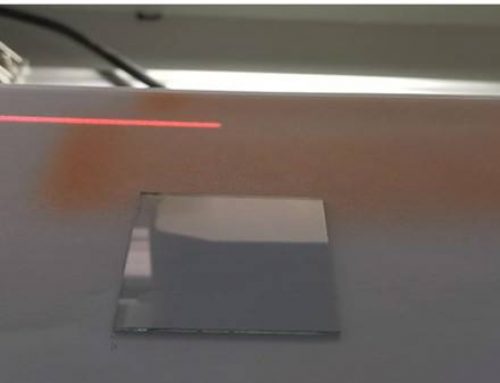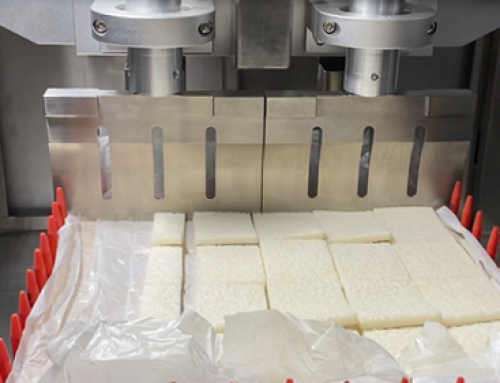Attenuation Mechanism of Fuel Cell Stack
The attenuation mechanism of proton exchange membrane fuel cell stack under vehicle start-up and shutdown conditions
Open/idle speed, variable load, start and stop are the three key vehicle operating conditions that accelerate the aging of fuel cell stack materials and components. Among them, the main reason that affects the durability of the fuel cell under startup and shutdown conditions is the high interface potential difference caused by the hydrogen/air interface. This article shares the attenuation mechanism of fuel cell life under startup and shutdown conditions.
Start-up and shutdown is a special condition that triggers abnormal fuel cell reactions. The main reason for accelerating fuel cell degradation is the high cathode interface potential difference (up to 1.5V) caused by the anode hydrogen/air interface. Under startup and shutdown conditions, the carbon support that constitutes the main framework of the catalytic layer will be severely corroded, which will affect the Pt catalyst and ionomer. In addition, if the structure of the cathode catalytic layer is affected, it will change or even collapse, reducing the electrochemically active area and increasing the charge and mass transfer resistance. In addition, low-temperature start-up is a component of start-stop conditions, and its freezing/melting cycle also has a significant impact on key battery materials and durability. Therefore, it is particularly necessary to develop electrode materials resistant to high potentials and optimize start-stop control strategies.
In the start-up phase, hydrogen is usually used to purge the anode electrode and the flow channel mixed with air. During the shutdown phase, as air enters the anode through reverse osmosis from the cathode, or ambient air enters the anode cavity from the anode outlet, the anode will produce a hydrogen/air interface. Even if air purging is used, the hydrogen/air interface will still appear in a short time.
Under start-up and shutdown conditions, fuel cells experience serious carbon carrier corrosion. The corrosion of the carbon support will lead to agglomeration and separation of the Pt catalyst, collapse of the cathode structure, and increased mass transfer polarization. According to the reverse current mechanism, the anode hydrogen/air interface causes the cathode to generate a high potential as high as 1.5 V during the start-stop phase. High potential will cause more serious carbon corrosion, which manifests as CO2 emissions, carbon carrier particles become smaller, carbon carrier pores, and the thickness of the cathode catalyst layer is reduced. Due to differences in local gas state and mass transfer, there are differences in carbon carrier corrosion at the anode inlet and outlet, ridges and flow channels. Due to the redistribution of the polymer, the gas mass transmission resistance will increase under startup and shutdown conditions; the collapse of the cathode catalytic layer structure causes the porosity to decrease and the surface of the carbon support is hydrophilic. Therefore, high corrosion resistance catalyst support materials have become an important development direction. Starting at a low temperature below zero produces an icing/melting cycle, in which the volume expansion caused by the icing process will cause structural damage to the battery MEA. Therefore, it is necessary to purge the residual moisture inside the stack after shutdown.
For more news about fuel cells, please visit https://fuelcellcoating.blogspot.com/.
For detailed information on the preparation of fuel cell membrane electrode coatings, you can log on to Cheersonic’s official website https://www.cheersonic-liquid.cn/en/ultrasonic-spraying-for-battery/.






